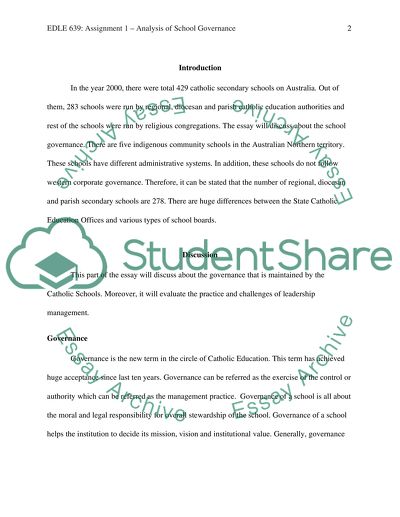Cite this document
(“EDLE 639: Assignment 1 : Analysis of School Governance Essay”, n.d.)
Retrieved from https://studentshare.org/education/1484230-edle
Retrieved from https://studentshare.org/education/1484230-edle
(EDLE 639: Assignment 1 : Analysis of School Governance Essay)
https://studentshare.org/education/1484230-edle.
https://studentshare.org/education/1484230-edle.
“EDLE 639: Assignment 1 : Analysis of School Governance Essay”, n.d. https://studentshare.org/education/1484230-edle.


